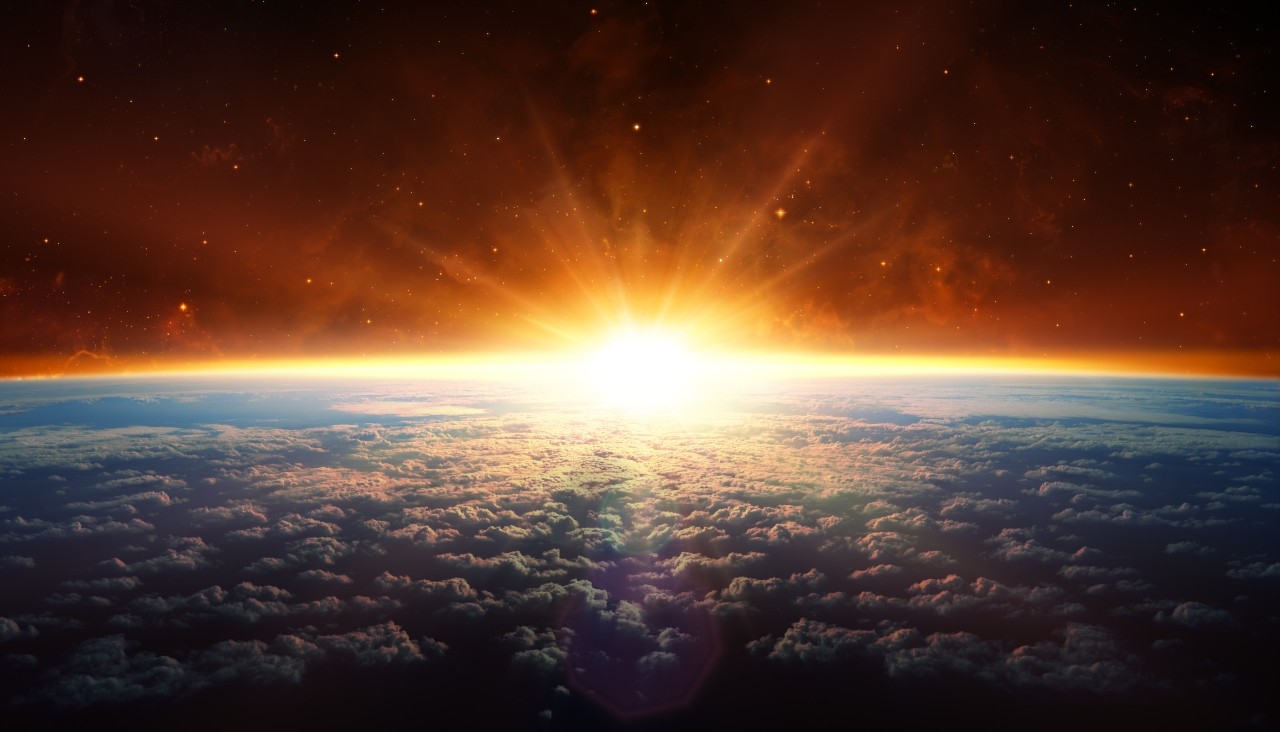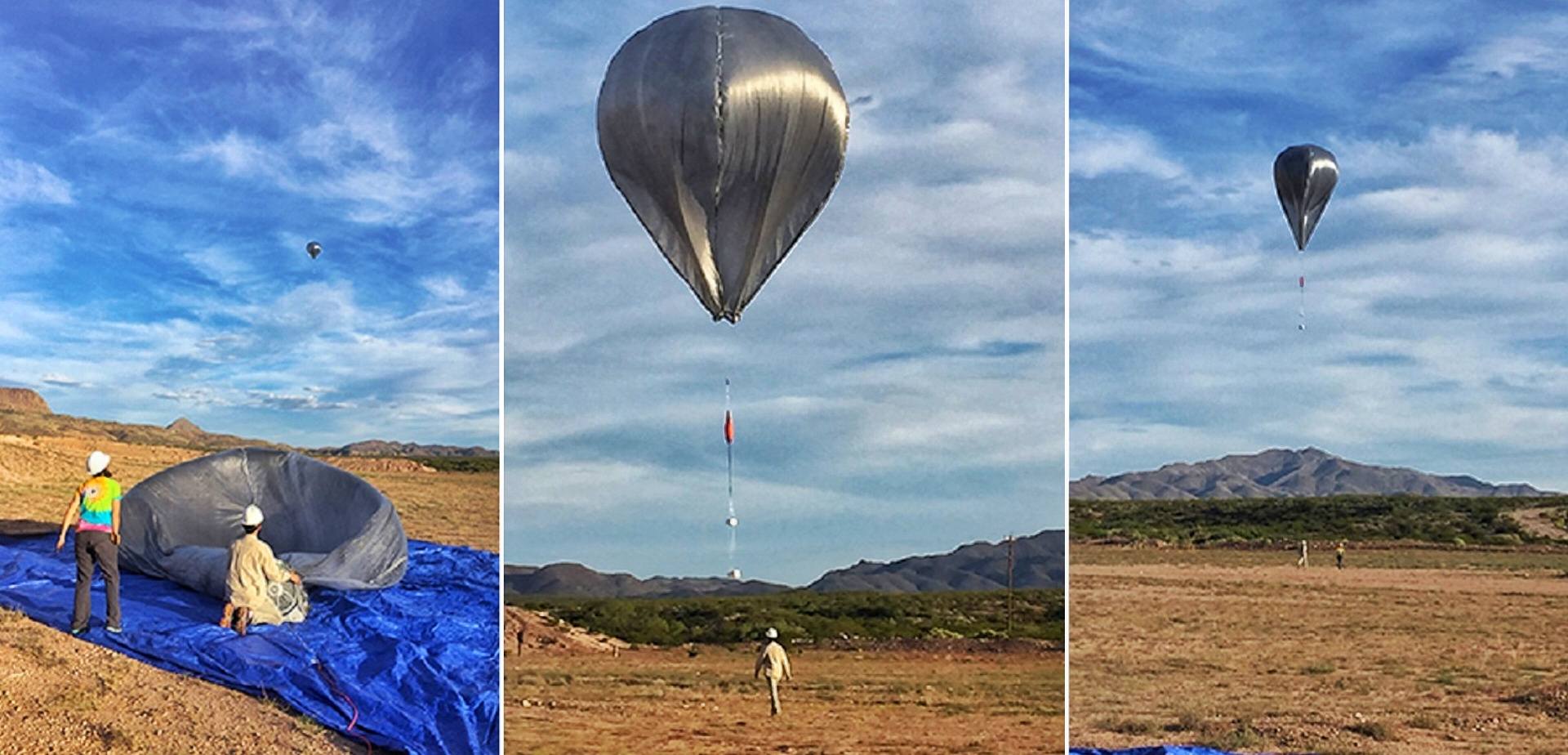Scientists from Sandia National Laboratories launched a solar-powered balloon mission that carried a microphone to a region of Earth’s atmosphere called the stratosphere.

The mission aimed to study the acoustic environment in this region. However, what they discovered left the scientists puzzled. They recorded sounds high in Earth’s atmosphere that can’t be identified.
The strange noises have left experts baffled and as of now, there is no explanation for these mysterious sounds. Because this region is usually calm and free of storms, turbulence, and commercial air traffic, microphones in this layer of the atmosphere can listen in on both natural and man-made sounds.
However, the microphone in the study picked up strange noises that repeated a few times per hour. Their origin has yet to be identified.
The sounds were recorded in the infrasound range, meaning they were at frequencies of 20 hertz (Hz) and lower, well below the range of the human ear. “There are mysterious infrasound signals that occur a few times per hour on some flights, but the source of these is completely unknown,” Daniel Bowman of Sandia National Laboratories said in a statement.
Bowman and his colleagues used micro barometers, which were originally developed to monitor volcanoes and are capable of detecting low-frequency noises, to collect acoustic data from the stratosphere. The micro barometers discovered the unexplained repeated infrared signals in addition to the expected natural and man-made sounds.
The sensors were hoisted aloft by balloons manufactured by Bowman and his colleagues. The balloons, which had diameters ranging from 20 to 23 feet (6 to 7 meters), were made of common and inexpensive materials. These deceptively simple gadgets, powered by sunlight, were able to reach elevations of roughly 70,000 feet (13.3 miles) above Earth.

“Our balloons are basically giant plastic bags with some charcoal dust on the inside to make them dark,” Bowman said. “We build them using painter’s plastic from the hardware store, shipping tape, and charcoal powder from pyrotechnic supply stores. When the sun shines on the dark balloons, the air inside heats up and becomes buoyant.”
Bowman explained that the passive solar power is sufficient to push the balloons from the planet’s surface to the stratosphere. The balloons were monitored using GPS after launch, something the team had to do because balloons can often soar for hundreds of kilometers and land in difficult-to-navigate areas of the world.
Furthermore, as recent instances have demonstrated, research balloons can be confused for other things, generating accidental concern. Solar-powered balloons like this could be used to study mysteries even further from Earth, in addition to helping to further investigate these odd stratospheric sounds.
Such vehicles are currently being tested to discover if they could be partnered with a Venus orbiter to observe seismic and volcanic activity through its thick atmosphere. Robotic balloons could drift through the upper atmosphere of “Earth’s evil twin,” high above its hellishly hot and high-pressure surface investigating its thick atmosphere and clouds of sulfuric acid.
The team’s research containing the detection of these unidentified infrasound sources was presented by Bowman on May 11, 2023, at the 184th Meeting of the Acoustical Society of America being held in Chicago.




